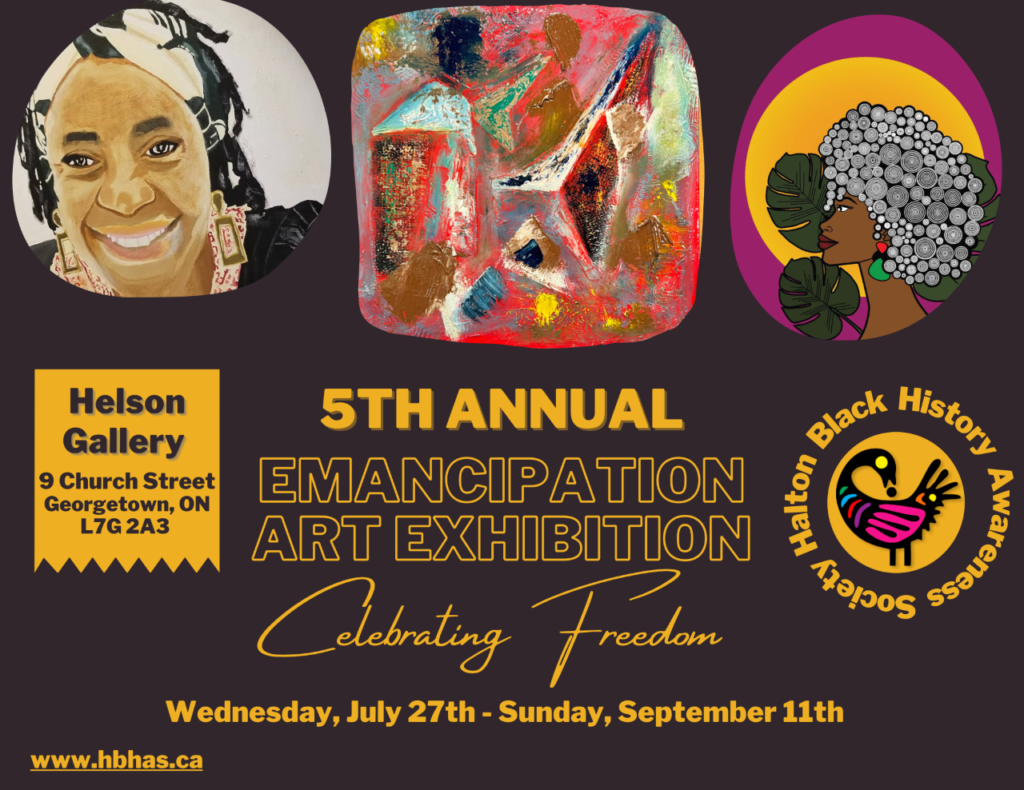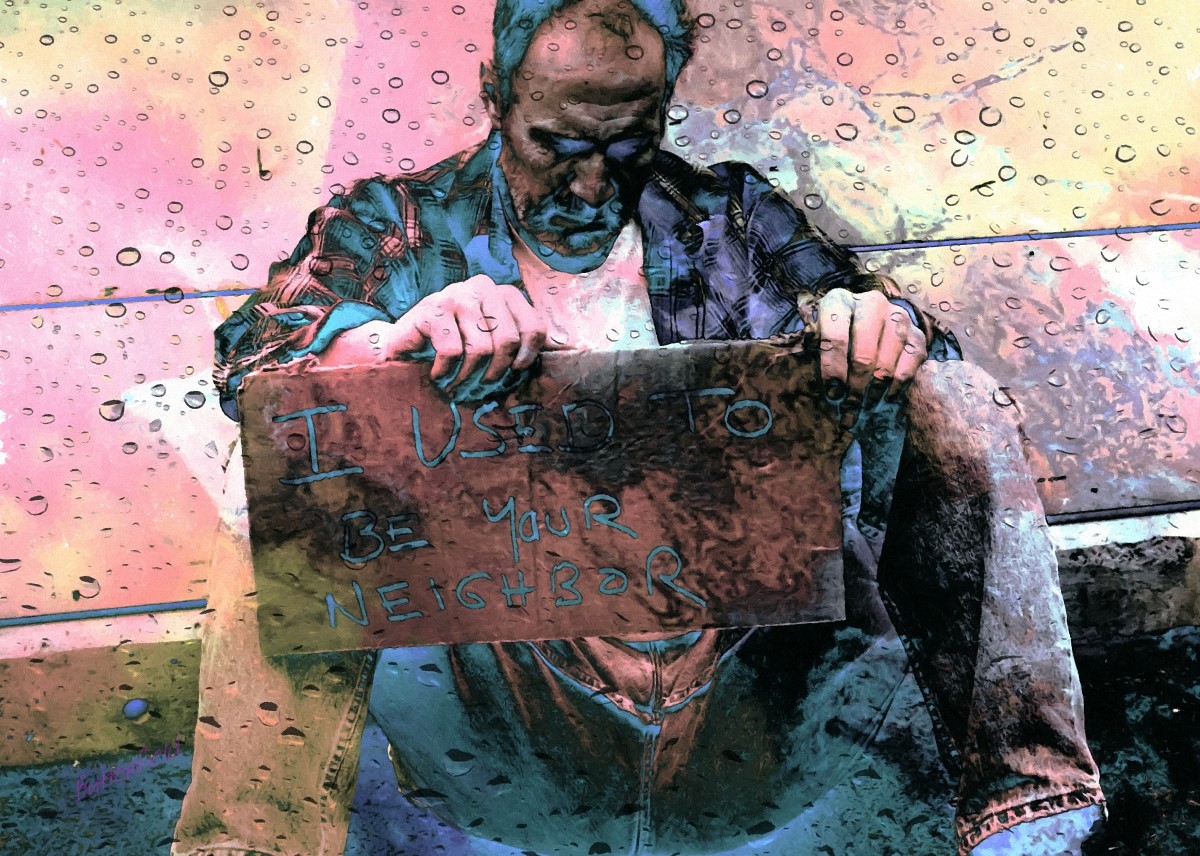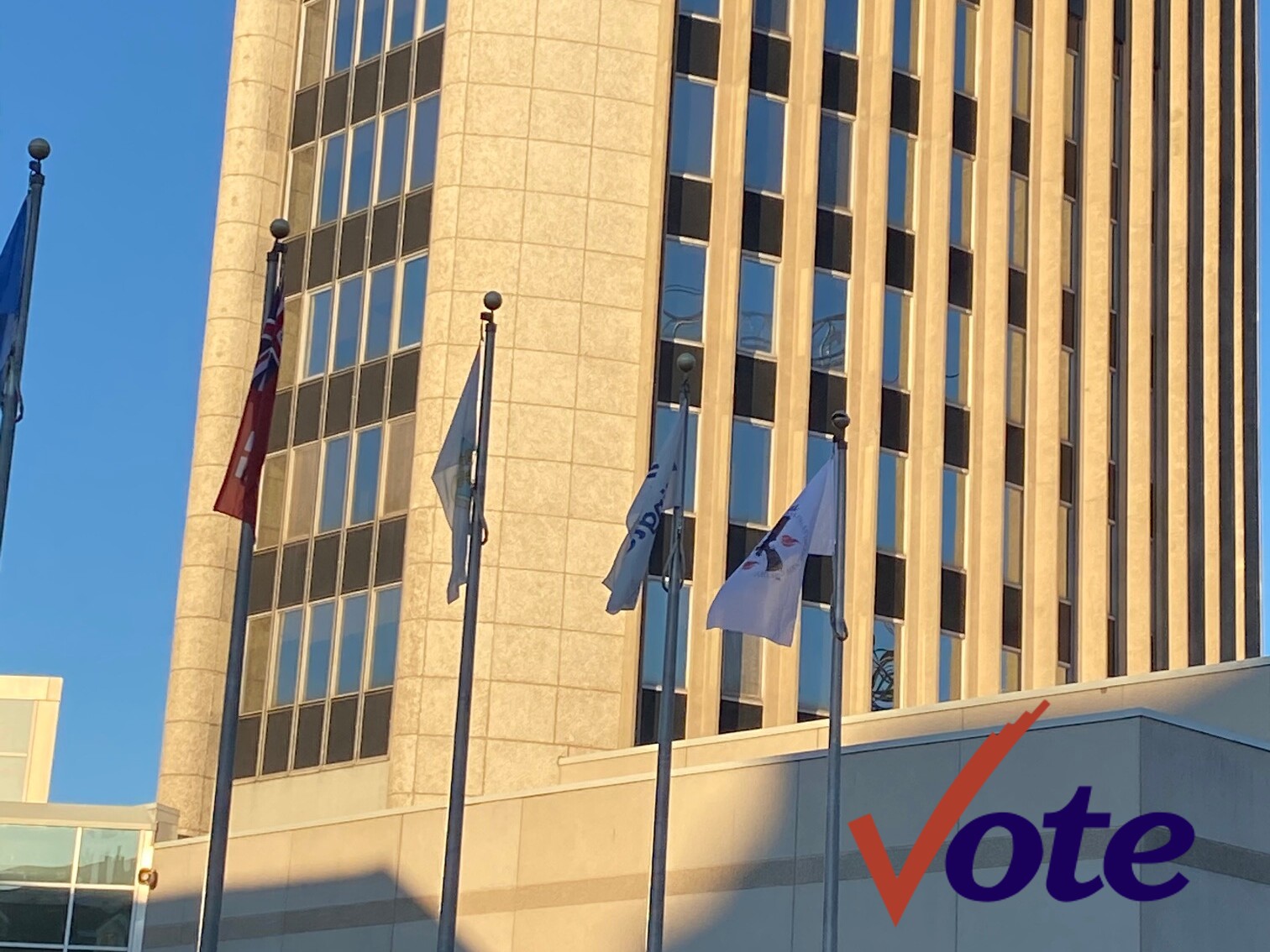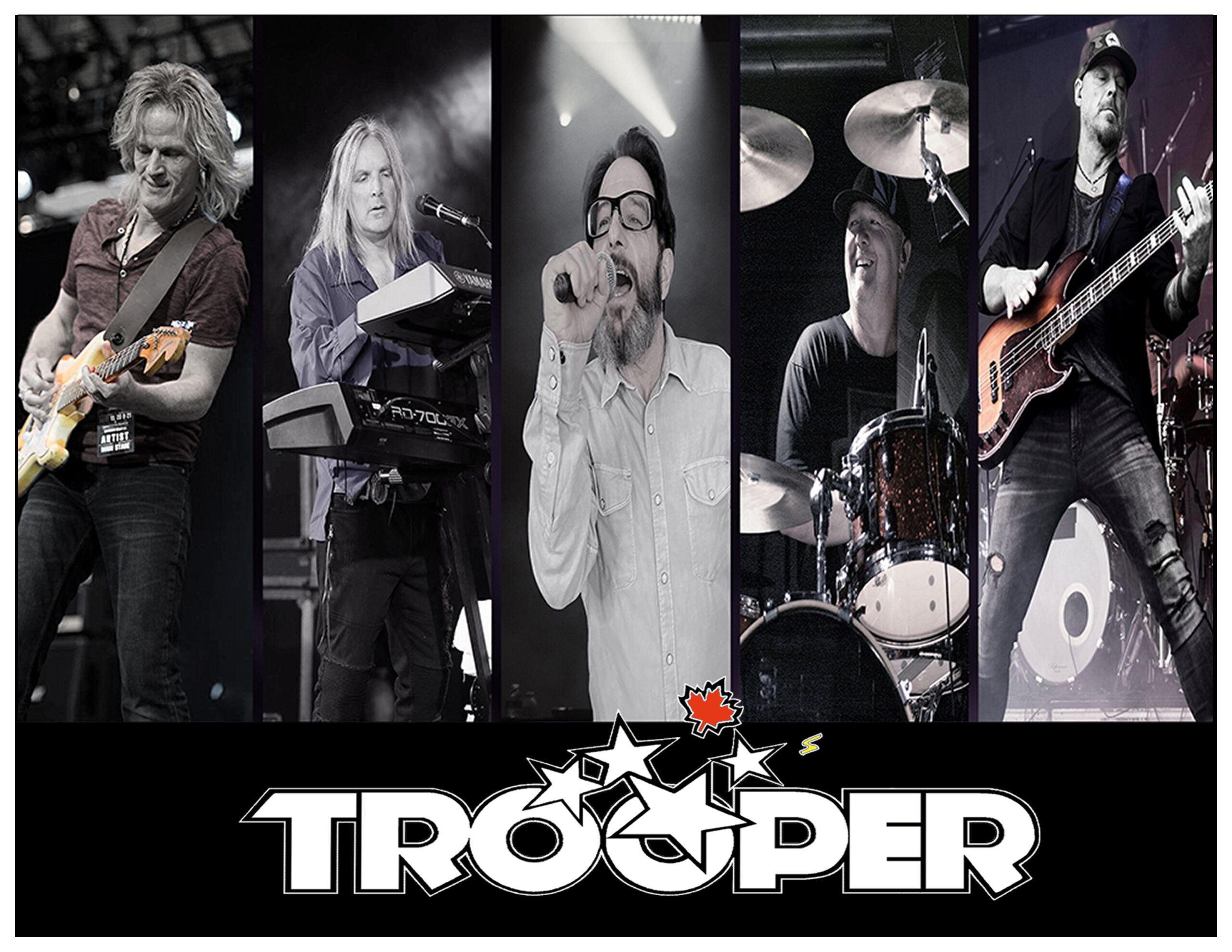From July 27 until September 11, the Halton Black History Awareness Society is presenting the Emancipation Art Exhibition at Helson Gallery in Georgetown. Artist, art director, curator, and Burlington resident Joan Butterfield is one of the artists featured in the exhibition. Butterfield took the time to talk to Local-news.ca about her art, her creative process, and her favourite spots in Burlington: here, you can learn more about her before you go to visit the Emancipation Art Exhibition.
Butterfield was born into a creative family on the island of Bermuda, where she was raised. With several full-time, practicing artists as relatives and a high school art teacher as a mentor, Butterfield’s love of art came early and was well-encouraged. Though her post-secondary education is in business and interior decorating, some time after arriving in Canada in the early ‘60s, she became a full-time, practicing artist — and has been for nearly 40 years.
This self-taught artist finds inspiration in social issues, current events, and places she visits. Butterfield’s recent “Homeless” collection came from observations of an increase in homeless people in downtown Burlington, and last year’s “Frontline Shero” was influenced by the COVID-19 pandemic. Even an evening conversation with a friend in Shell Park turned into artistic inspiration: Butterfield says, “We were fascinated by the beauty and sounds of the fireflies. That inspired me to research and create a firefly.”
The history and culture of Kenya and Tanzania so moved Butterfield while she visited on a safari trip that it influenced her use of a whole medium: the photo artistry that she calls “Distorted Realism.” Butterfield layers and blends various effects and filters, a method she developed in order to truly capture the “bold, beautiful, and vibrant colours I saw in Africa.” Dimensional decoupage is another innovative Butterfield medium; earlier in her career, she fused the 17th-century technique of decoupage with modern art to create her own 3D decoupage technique.
With her favourite smooth jazz blasting, Butterfield will create for days until works or even entire collections are finished. Last month, Butterfield attended an artist’s retreat at a “charming old country church” to work on her larger acrylic pour work; she says, “Spending time in an environment such as this, I’m hoping magic will happen.”
These acrylic pours are currently Butterfield’s favourite type of art to create: paints are carefully mixed to the correct consistency for dripping and pouring onto canvas in puddles, pools, and marbled patterns. Butterfield notes, “I love the freedom…there are so many, many innovative ways to achieve the final results” with acrylic pours. Indeed, Butterfield’s current work includes another new use of this medium: pouring the acrylic paint over African masks for an Afro-futuristic feel. This look into the distant future is a natural extension of Butterfield’s ethos of linking past to future and documenting and educating on the African diaspora through her beautiful work.

Of the here and now, Butterfield calls Burlington “an enchanting little city close to everything.” Before living here, Butterfield curated an exhibit at the Art Gallery of Burlington. She remembers sitting in the park behind the gallery, thinking that it would be a lovely place to live. “Years later,” she says, “we downsized and purchased a condo not far from the gallery.”
The Art Gallery of Burlington is a frequent stop on Butterfield’s walks: “My frequent walking route takes me in through the back doors of the gallery where I view the exhibits, poke my head in on the workshops and visit the gift shop looking for unique items. Then out the front door, down along Spencer Park, up Brant and back home.” Another hometown favourite for Butterfield is downtown’s Son of a Peach restaurant. Sounds like a good day to us.
To learn more about Joan Butterfield and her work, go to joanbutterfield.ca and, of course, head to Helson Gallery in Georgetown to see the pieces that Butterfield created especially for the Halton Black History Awareness Society’s Emancipation Art Exhibition. Helson Gallery is open Wednesday to Saturday from 1 p.m. to 5 p.m. through August, then Wednesday to Sunday (1 p.m. to 5 p.m.) from September onwards, and is located at 9 Church St., Georgetown.



